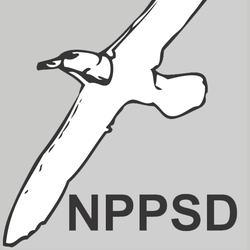Fish & Aquatic Species
Energy & Wildlife
Tools & Technology
Species Management Research Program
The Species Management Research Program provides science that is used by managers, policy makers, and others for decisions that protect, conserve, and enhance healthy fish and wildlife populations across the United States and beyond.
News
Mechanisms by Which Heatwaves Impact Seabirds and Marine Ecosystems
USGS researchers kick-off collaboration with the Federal Highway Administration with a tour of state wildlife crossings and a day at the Fort Collins Science Center
USGS Friday's Findings - June 28, 2024
Publications
Realizing the potential of eDNA biodiversity monitoring tools in the marine environment with application to offshore renewable energy
The U.S. Geological Survey (USGS) researches the biological diversity and distribution of species to support management, conservation, and resource use decisions. USGS scientists advance detection and monitoring technologies to assess changes in fish and wildlife populations, biodiversity, and the health of ecosystems. The United States is planning to install 30 gigawatts of offshore marine and wi






